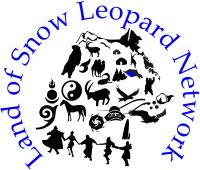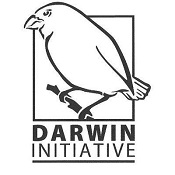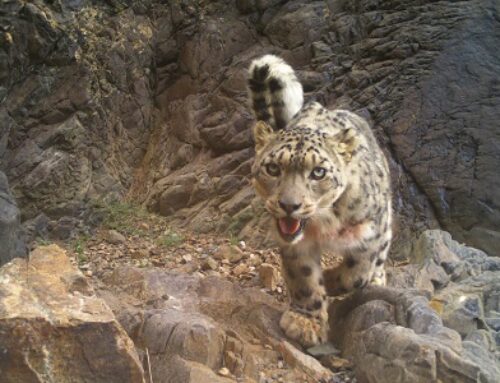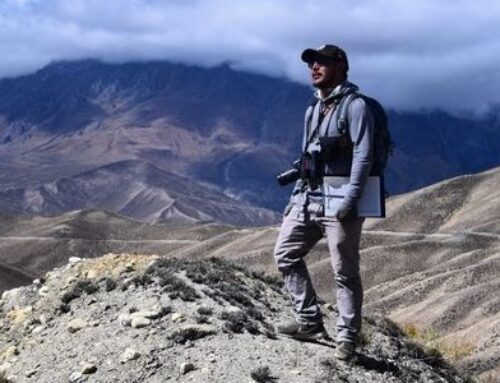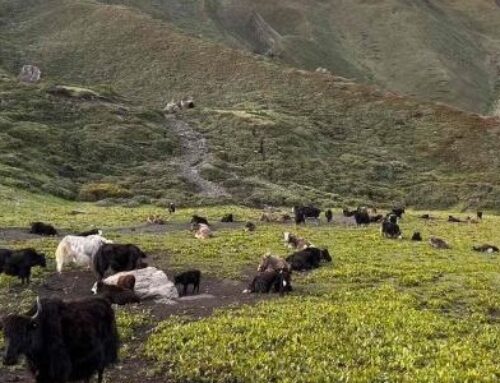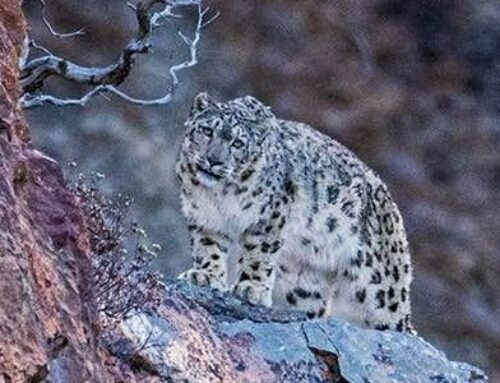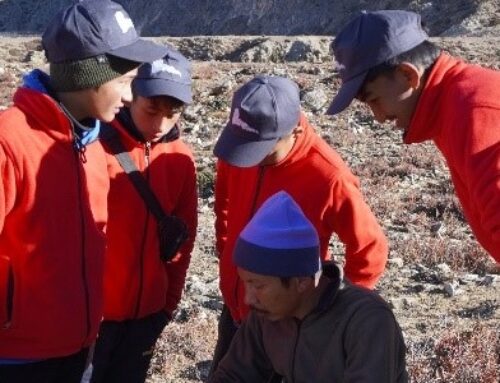Connecting Communities for Conservation

Tashi R. Ghale – Searching for the Snow Leopard
We are delighted to present our Annual Report. Within its pages, we highlight the year 2020 while reflecting on the accomplishments of the last decade and looking forward with optimism to the future of snow leopard conservation. Through strategic planning during this time of change, we have defined a program built on the foundation that local communities are at the heart of saving snow leopards.
We are delighted to present our Annual Report. Within its pages, we highlight the year 2020 while reflecting on the accomplishments of the last decade and looking forward with optimism to the future of snow leopard conservation. Through strategic planning during this time of change, we have defined a program built on the foundation that local communities are at the heart of saving snow leopards.

Tashi R. Ghale – Searching for the Snow Leopard
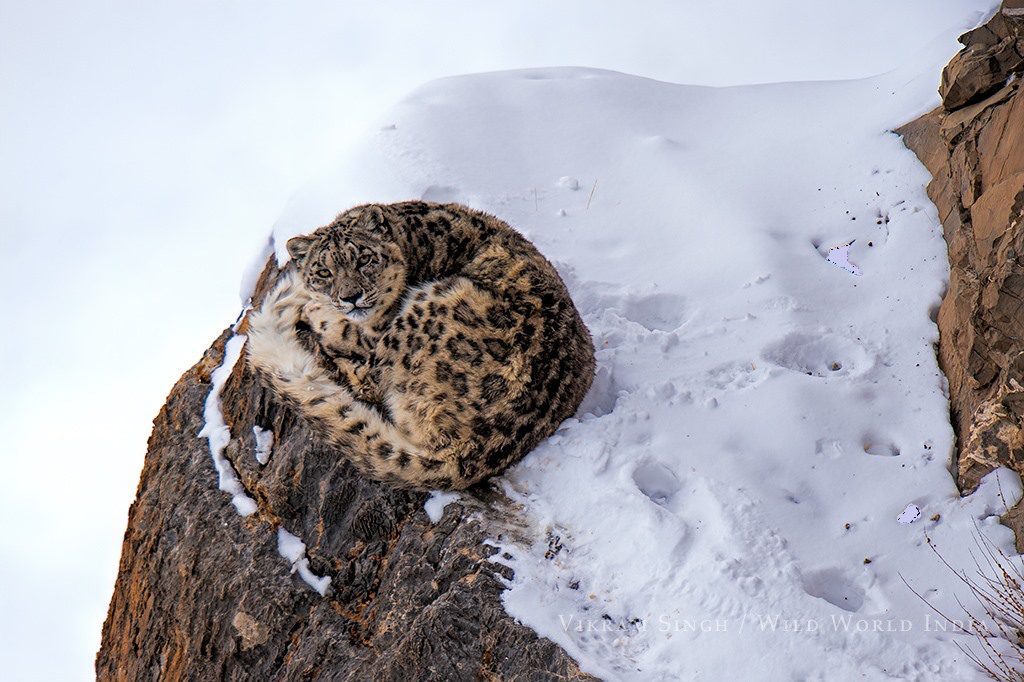
Vikram Singh
Celebrating Ten Years
-
$5,000,000 put toward snow leopard conservation
-
11 snow leopards forgiven by villagers for livestock raiding and released back into the wild
-
17,000 students received instruction in conservation education
-
350 Foxlight® solar powered nighttime predator deterrents distributed
-
70 predator proof corrals built
-
25 partner organizations throughout the snow leopard’s range
-
8 countries with Snow Leopard Conservancy ongoing projects
Unifying People and Snow Leopards
When snow leopards kill livestock, a cycle of human-wildlife conflict is launched. We are working hard to mitigate this conflict, which currently involves many thousands of households from the Himalaya to Siberia.
Expanding Empathy and Conservation Through Learning
Together with our partners, we are working to increase comprehension of ecosystems, empowering the next generation of snow leopard champions, and providing guidance to communities living with snow leopards.
Empowering Indigenous Traditional Knowledge
We are building a coalition of Indigenous Cultural Practitioners (ICPs) who live and work in snow leopard habitat. Land of Snow Leopard Network has over 100 members who are reviving traditional knowledge within their communities and reigniting the sacred power of the snow leopard.
Building Resilient Mountain Communities With Diversified Livelihoods
We are facilitating the development of livelihood enterprises and incentives paired with snow leopard conservation, hoping to build robust, sustainable communities that will be the stewards for snow leopards and biodiversity.
Exploring Innovations in Conservation Research
For the advancement of snow leopard conservation, we are pioneering new techniques such as Foxlights®, artificially intelligent camera traps, thermal drones, GIS habitat modeling, and genetics.
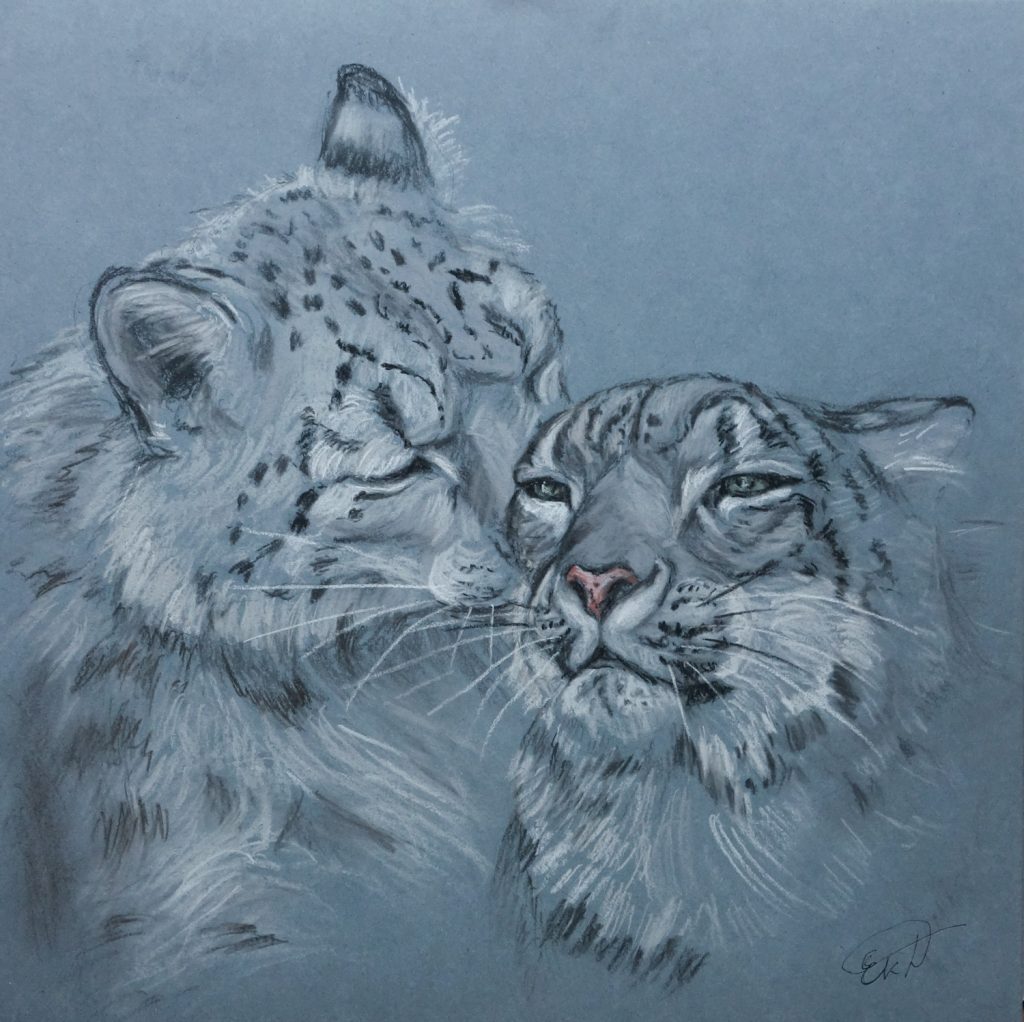
Ekaterina Drozhdina
Seeking harmony for people and snow leopards
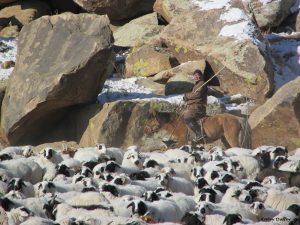
Mongolian herder protecting his sheep and goats
from horseback: Katey Duffey
People and snow leopards share the rugged mountain landscape. As herd sizes are increased to satisfy the cashmere trade, herders move their livestock further into snow leopard habitat. This increases the chance of depredation. Our Lights for Life program distributes Foxlight® predator deterrents to discourage wolves and snow leopards from attacking livestock.

Foxlight® nighttime predator deterrent being used
to keep snow leopards and wolves away from
livestock in Mongolia: Katey Duffey
These solar-powered units are placed at nighttime corrals where the random light patterns simulate human activity which can frighten a carnivore away. Over the past ten years, we have distributed 350 Foxlights® throughout Mongolia, Nepal, India, Bhutan, and are initiating programs in Kyrgyzstan, Tajikistan, and China.

Youth with the family’s sheep and goats held in a
traditional corral in Mongolia: Katey Duffey
Another method to protect carnivores as well as livestock is building predator-proof corrals. Traditional corrals are built to keep livestock in, not to keep predators out. Building enclosures with strong walls and a sturdy roof will prevent a snow leopard or wolf from entering the nighttime corral and killing the livestock.

Predator-proofed corral with reinforced walls and roof:
©Steve Winter
The Conservancy has facilitated the building of 70 predator-proofed corrals in collaboration with villagers. These corrals prevent retaliatory killing of carnivores, suffering and death of livestock, and economic loss to the herder.
Helping mountain communities through a surge of change
The Conservancy’s award-winning Himalayan Homestay program in partnership with the Mountain Institute and a grant from UNESCO, celebrated its 15th year. Homestays enable travelers to experience a cultural exploration while providing income for the communities that live among snow leopards.
In Ladakh, India, homestays have been changing local peoples’ perceptions of the snow leopard from a pest to an asset.
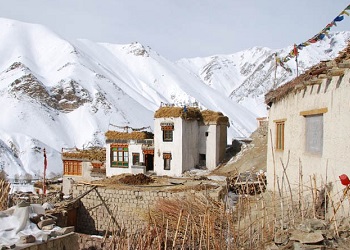
Himalayan Homestay, Ladakh, India: B. Sharaf
Unfortunately, the Covid-19 pandemic negatively affected tourism in all snow leopard range countries as well as globally, and it will likely take several years to recover. In response, the Conservancy has shifted to investigating alternative revenue streams.
A variety of new sources for income include value-added agricultural and medicinal products that are environmentally sound and can be grown or traded sustainably.
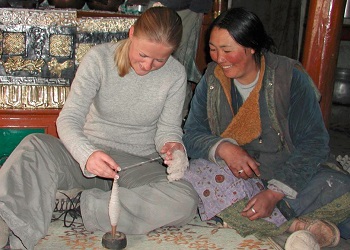
Himalayan Homestay, Ladakh, India: Wendy Lama, KarmaQuest
Creating awareness of the snow leopard’s ecological as well as cultural and spiritual importance is a necessary step in its preservation. Community members are engaged and informed through International Snow Leopard Day festivals, radio programs, social media channels, and literary publications like The Snow Leopard magazine.
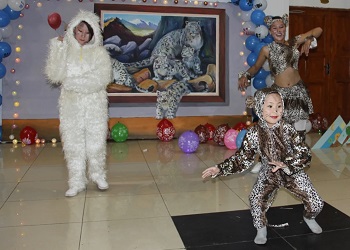
Snow Leopard Day festival held in Mongolia: Lyubov Ivashkina
The Conservancy’s conservation education programs provide a variety of opportunities for learning. Our partners facilitate traditional instruction in conservation education and bring unique programs to both girls and boys living in remote areas.
Environmental education is also offered to adult community residents, including the introduction of improved methods of animal husbandry and pasture management and new tools to better coexist with predators.

Conservation education activity in Pakistan: BWCDO
Engaging local communities in conservation

Zhaparkul’s daughter, Aisha, made a video of him with his grandchildren as he told them a Kyrgyz fable that teaches people to take care of sacred animals such as snow leopards and to honor Mother Nature.

Meerim Seidakmatov and Alina Irisbekova are helping to grow Zhaparkul’s program. The sculpture carries the message: “Don’t shoot the snow leopard. Take care of nature. Work hard to preserve our precious natural resources.”
Photos: Land of Snow Leopard Network
The Land of Snow Leopard Network’s (LOSL) approach is unique in that it is rooted in indigenous understanding of the sacredness and the cultural and environmental significance of the snow leopard across central Asia. Indigenous Peoples in this region relate to the snow leopard as the “protector of sacred mountains, a unifying force and a source of spiritual power and wisdom.” The Land of Snow Leopard Network program area includes Kyrgyzstan, Mongolia, the Buryat and Altai Republics of Russia, and Tajikistan.
Being a recipient of the IUCN Save Our Species grant, Sustaining Indigenous Communities in Snow Leopard Conservation, has enabled us to expand the LOSL educational programs. This grant fully supports the program Elders and Youth for Conservation of the Snow Leopard in Kyrgyzstan, conceived of and executed by Zhaparkul Raimbekov, a founding member of LOSL and a Giver of Blessings throughout his community.
The grant also supports the expansion of LOSL’s Nomadic Nature Trunk program into Kyrgyzstan and Tajikistan. These trunks are “classrooms in a box,” with 25 interactive lessons including games that introduce traditional practices that inherently reinforce conservation actions. Nomadic Nature Trunks bring the only conservation-focused, hands-on educational opportunity to thousands of school-age children living in remote communities across all of our LOSL program areas.

Zhaparkul’s daughter, Aisha, made a video of him with his grandchildren as he told them a Kyrgyz fable that teaches people to take care of sacred animals such as snow leopards and to honor Mother Nature.

Meerim Seidakmatov and Alina Irisbekova are helping to grow Zhaparkul’s program. The sculpture carries the message: “Don’t shoot the snow leopard. Take care of nature. Work hard to preserve our precious natural resources.”
Photos: Land of Snow Leopard Network
Sustaining Snow Leopard Conservation Through Strengthened Local Institutions and Enterprises
The Conservancy has been working with partner organization Mountain Spirit in the Annapurna Conservation Area and Sagarmatha National Park in Nepal under the generous support of the Darwin Initiative.
Facilitators from Mountain Spirit work closely with community members to identify strengths and aspirations, which, in turn, helps to develop new livelihood alternatives that are sustainable, diversified, and reduce pressure on natural resources. These new opportunities will be integral in maintaining the communities’ flexibility to better prepare for future disruptions and effects of climate change.
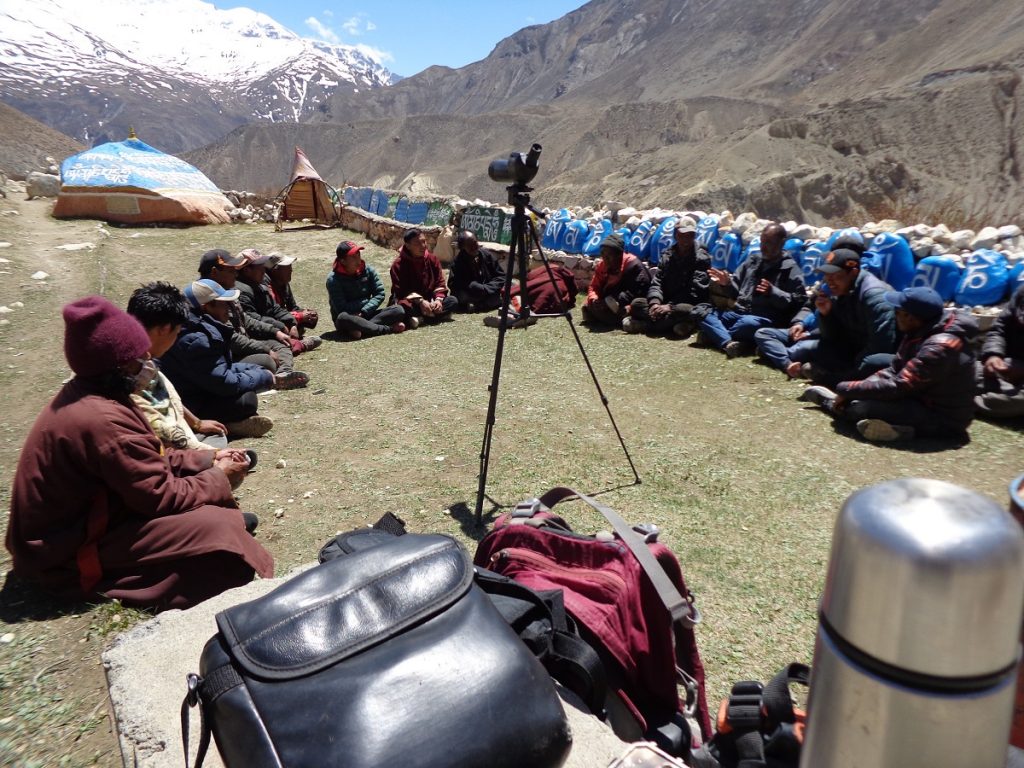
Community meeting in the Phu Valley, Nepal: Snow Leopard Conservancy
The future is now – using innovative applied research to save snow leopards

BWCDO Camera trap photo of mother snow leopard and cubs in Pakistan
The Conservancy has been a pioneer of innovative research and technology assisting human-wildlife coexistence. Dr. Jan Janecka directs our genetics research through his position as assistant professor at Duquesne University. In 2005, Dr. Janecka traveled to Ladakh, India, to conduct a pilot study using noninvasive genetic techniques to estimate snow leopard distribution and abundance. Since then, engaging and training local people in scat collection and genetic analysis have become integral parts of our snow leopard monitoring programs in Pakistan and Mongolia. These methods provide valuable insight into the cats’ behavior. And the combined data is used to inform conservation actions which help alleviate the human-wildlife conflict.
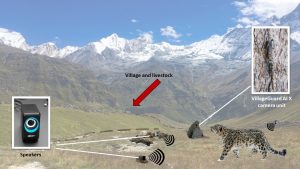
Visualization of AI VillageGuard camera trap technology implementation

 Funded by IUCN Save Our Species
Funded by IUCN Save Our Species